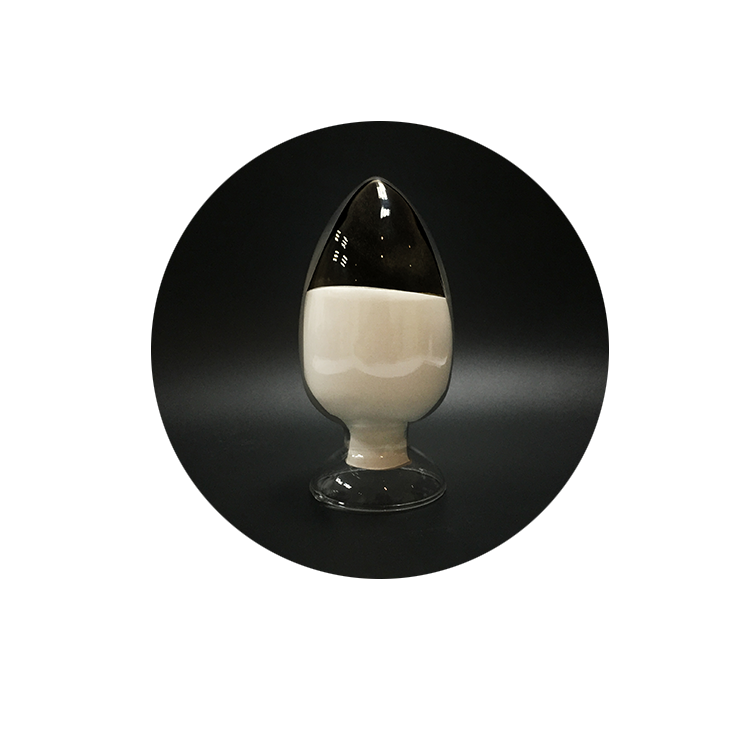What Are the Roles of A-amylase in Maltose Production?
1. The mechanism of action of alpha amylase
Alpha-amylase is produced by fermentation and purification of Aspergillus oryzae, and is mainly used for saccharification of starch. Its reaction process is mild, and the pH value is neutral. The hydrolysis proceeds from the inside of the molecule. It hydrolyzes the alpha-1,4-glycosidic bond of amylose and amylopectin in the middle of starch to produce dextrin and maltose. It is suitable for high Production of maltose syrup, maltose or high conversion syrup.
2. Conditions of action of alpha amylase
The optimum pH value of α-amylase in the maltose production process is 5.0-5.5, the optimum temperature is 50-60℃, and the substrate concentration is not more than 25%. The dosage of alpha amylase is 150-300g/ton dry starch, and the saccharification time is 12-24 hours.
3. The application of alpha amylase
In the starch sugar industry, α-amylase has gradually replaced β-amylase and has become the key enzyme for the production of maltose syrup using starch as a raw material. Alpha-amylase can hydrolyze the a-1,4-glycosidic bond inside starch to produce a syrup with high maltose and low glucose content.
At present, most European and American countries use alpha amylase as a saccharifying agent to produce high maltose syrup. In the composition of the obtained maltose syrup, maltose accounts for 40-60%, maltotriose is about 10%-20%, and the others are glucose, oligosaccharides and dextrins. In industrial production, alpha-amylase is often used in conjunction with debranching enzymes such as beta-amylase and pullulanase to produce ultra-high maltose syrup with a maltose content of more than 70% or even higher.



